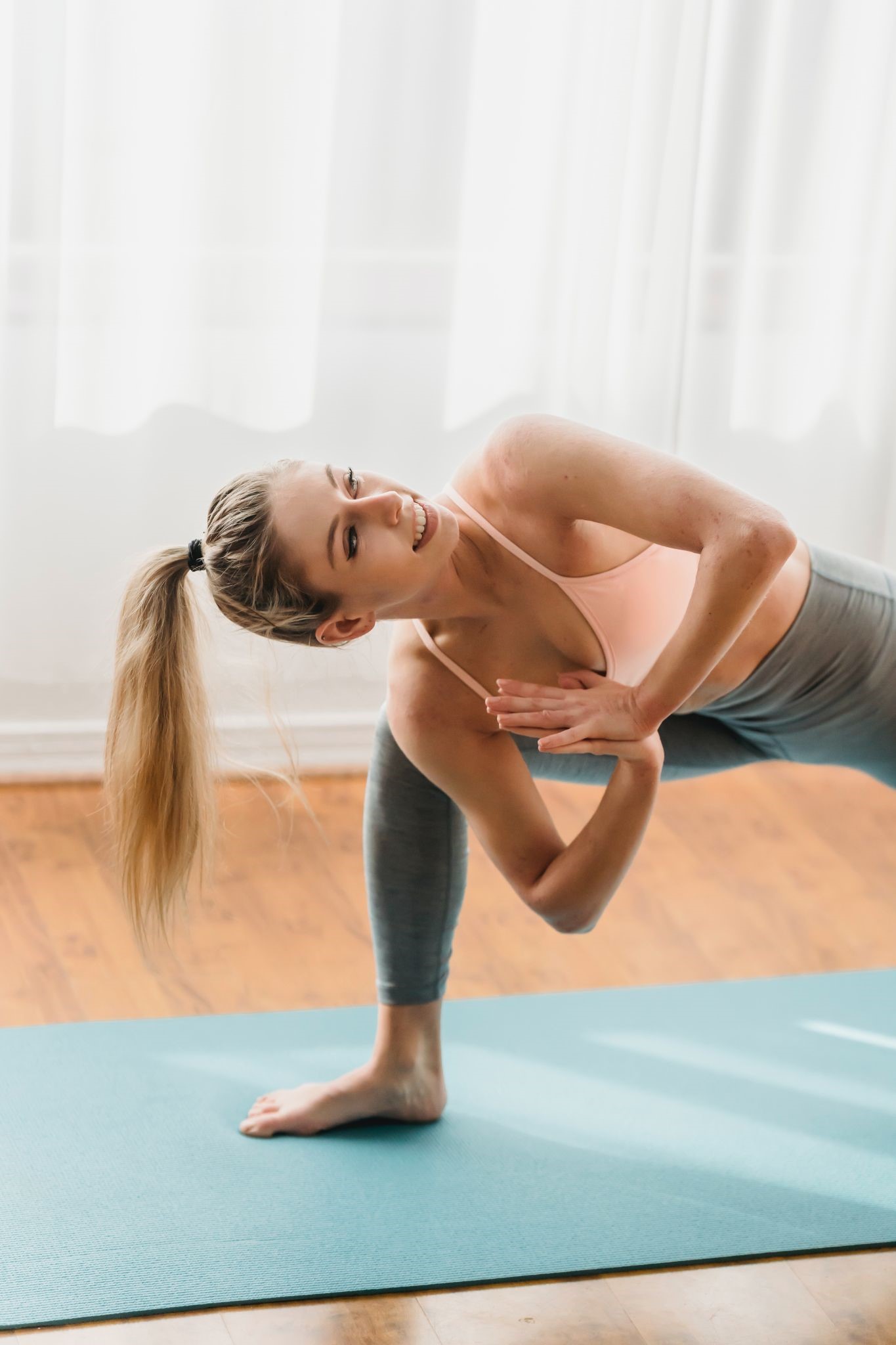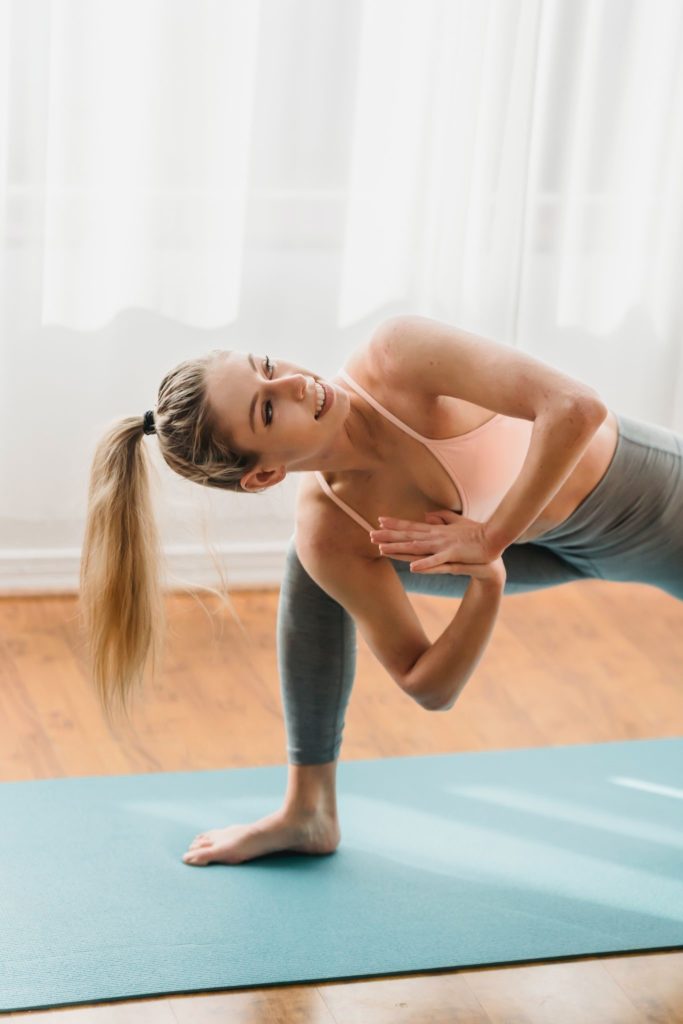
Your shoulder joint is the ball & socket joint that connects your upper arm to your shoulder blade. Four of your muscles are attached to the bones of your shoulder joint, & they make the rotator cuff. These joints help in lifting the arm away from the body & stabilizing the shoulders while performing overhead motions. These muscle groups act as dynamic stabilizers in shoulder movement. The rotator cuff performs the following functions.
- Center your upper arm bone in the socket of your shoulder joint & hold it in a certain position.
- Power your arm & shoulder movements
Your shoulder is one of the mobile joints of your body. It’s easily possible to misuse and overuse this joint, this makes the rotator cuff the most vulnerable joint in your body. Rotator cuff muscles get prone to inflammation & tears because of repetitive overhead motions. They can be the usual motion of advanced athletic activities. An effective way of reducing tears or rotator cuff injury is strengthening these muscle groups. Doing rotator cuff workouts help in preventing injuries to this body part.
Make sure to consult your doctor before you start any of the exercises for the rotator cuff muscles. It will help in ensuring that you are doing the exercises properly & they are adequately safe for you. Before we move further into the article make sure you get yourself premium quality workout clothes.
Functions of rotator cuff muscles:
The rotator cuff muscles get in tandem to perform multiple upper extremity moves, which include abduction, flexion, internal & external rotation. Rotator muscles play a significant role in all of the shoulder-related moves & essential in stabilizing your shoulder joints. Any dysfunction in the rotator cuff might lead to upper body pain & discomfort, reduce functional capacities, which may affect your daily activities.
Common symptoms of the rotator cuff tear or injuries:
Rotator cuff injuries can have multiple symptoms. Following are the most common symptoms that you will get from a rotator cuff injury.
- Pain – It can be localized to your lateral or the anterior side of the shoulder, associated with the referred pain below the lateral aspect of the upper arm.
- Pain while performing motions – You might suffer from painful rotation and abduction. Additionally, you can experience pain in the arch, above your shoulder height
- Muscle weakness – It is felt while you are abducting your arm with the external rotation of your shoulder
- Functional Impairments – It might include difficulty in the actions of pushing, lifting especially in the overhead movements & in the internal rotation of your shoulder.
Rotator cuff workout
Following are the rotator cuff exercises & stretches that help in increasing strength & flexibility.

Arm reach
For doing the arms reach, the person should do the following: lay down flat on your back, then extend your arms & legs, & engage your abdominal muscles. Then reach with one of your arms toward the ceiling, till the shoulder blade comes closer to the floor. Then hold this position for five seconds. Return your arm to the ground. Then repeat for the other side.

Lying external rotation
To perform this lie on your side on some solid or firm surface, while holding a lightweight in your upper hand. Then bend your top elbow at an angle of 90 degrees, keep your upper arm at your body side and let your weighted hand rest while hanging it toward the ground at the front of your body. Keep your elbow at the side of your body, then rotate your arm towards the shoulder, and bring the weight closer to the ceiling. After that start lowering the weighted arm back. Repeat the same activity for the other side of your body. Then Place the tiny roll of the towel in your armpit while performing the exercise for reducing the stress on your shoulder joint.

Doorway stretch
Start this exercise by warming up the muscles, stand in the open doorway & spread the arms at the outer side. Then grip both sides of a doorway by using each hand below your shoulder height, then lean slightly forward at the doorway till you get the sensation of lighter stretch. Make sure to keep your back straight as you get lean & shift the weight on the toes.
Make sure you feel a stretching sensation in your shoulder. Also do not overstretch.

High-to-low rows
Do this exercise by attaching the resistance band with a sturdy surface above or at the height of your shoulder height. Ensures that you don’t get lost as you pull it. Then get down on the knee to save your other knee from the injury. Raise the opposite arm. All of the body & lower knee must be aligned in a straight line. Make sure to rest the opposite hand on the raised knee.
Hold the band tightly by using one of your arms, then pull it closer towards the body. Make sure to keep the back straight while squeezing the shoulder blades, while you pull it down. Also, your body shouldn’t move with the arm. Then return to the position from where you started and do 3-10 reps.

Pendulum
Pendulum activity involves these two steps, leaning slightly forward with your arm hanging at the side. Use your other arm for bracing against the chair for getting support. Then gently swing your hanging arm by one side to the other. Move it forward & back, and then in a circular motion. After you are done, slowly go back to the position from where you started. Repeat the same activity with the other arm.

Crossover arm stretch
Perform the following steps for doing crossover arm stretch. Try lifting your one arm by making a 90-degree angle with the floor & extend it straight, make sure not to lock it. Then extend the wrist of your extended arm by using your opposite hand. After that pull back your arm towards the front side of your body. Hug your chest by using both of your arms. Hold that stretch for almost five seconds and then try to release it slowly. Repeat the same activity for the other side.

Reverse fly
Start this workout by standing on both of the feet opened shoulder-distance apart & the knees bent slightly. Hold the back straight & bend it slightly forward at your waist. With some lightweight in the hand, extend both of your arms & try raising above. Make sure not to lock away your elbow. Also squeeze the shoulder blades, while doing so try not to raise your arms above the shoulders. Then return to the position from where you started and perform 3 sets of a total of 10 reps.

Lawnmower pull
Start this workout by standing on the feet opened shoulder-distance apart. Then place an end of the resistance band underneath your foot opposite to the injured arm. Then hold the other end in the injured arm, in a way that the band crosses your body diagonally.
Keep the opposite hand on the hip, make sure not to lock the knees, then bend slightly so that the hand in which you are holding the band becomes parallel to your opposite knee. As you are slowly starting the lawnmower, then straighten up your arm while pulling the elbow across your body outside of your ribs. Also, keep the shoulders relaxed & squeeze them together while standing.

Intensity
All of these exercises can be made more challenging, so you can do it by simply holding a small number of weights in your hand. You can start by holding 2-3 pounds of dumbbells is adequate for creating optimum resistance. The other way of adding resistance is by performing shoulder exercises by using a resistance band. These rotator cuff workouts should be done at least 2-3 times a week. If your pain increases make sure to consult your physician.






